Repetition, Redundancy, and Overused Punctuation—Oh My!
We’re continuing our look at Fatal Flaw # 1: Overwriting. Fiction writers often overwrite, and have trouble seeing how this manifests in their prose. Last week we looked at details, and considered how much is too much. This week editor Christy Distler delves into the topics of repetition, redundancy, and excessive punctuation:
The first time I heard the phrase “write tight” was in high school English class. Our teacher returned our short stories and called me to her desk when class ended. “I love your story line,” she said. “But you need to write tighter. I want you to go back through your story and cut out anything that’s repetitive or not necessary. Don’t use an entire paragraph to say what you can say with a sentence or two. And lay off the dashes.”
I no longer have that short story, nor do I remember the entire story line, but I haven’t forgotten the writing style I’d used. Three of its problems were repetition, redundancy, and overused punctuation. Just what are these three writing faux pas?
According to Merriam-Webster, repetition is defined as “the act of saying or doing something again; the act of repeating something.” When repetition is applied to language, it becomes redundancy, or “the act of using a word, phrase, etc., that repeats something else and is therefore unnecessary.” In fiction, repetition and redundancy rear themselves in several ways. Here are some examples:
- repeating a certain word or phrase—e.g., just, very, he turned, she went
- repeating a word structure—e.g., looked, stared, peered
- repeating character traits—e.g., continually referring to a character’s hair or eye color
- repeating character actions—e.g., he scratched his beard or she bit her lip
- using words that aren’t necessary because their meaning is implied—e.g., stood up, collaborated together, screamed loudly.
No matter how repetition or redundancy is used, one thing is certain: it weakens the writing. And weak writing doesn’t captivate readers.
Moving on, let’s look at overused punctuation. You may be wondering what punctuation marks can be overused. Really, any of them (well, except probably the period—I have yet to hear an editor advise, “Try to go easy with the periods. You’re using too many.”). The ones that are most often overused include:
- Exclamation point (!): Used to indicate yelling (in dialog) or extreme emotion (in narrative). Don’t use more than one (!!), and don’t use it in conjunction with a question mark (!?). Also, publishers tend to discourage its use (some want no more than two or three exclamation points in an entire manuscript). Why? The exclamation point allows weaker writing since the author can use it alone to indicate emotion. Instead, stronger dialog or narrative will better convey that emotion.
- Question mark (?): Used to punctuate a question. Rules of thumb: Don’t use more than one (??), and don’t use it in conjunction with an exclamation point (?!).
- Em dash (—): Used in several ways, including to offset information, to show an interruption in speech, or to show a sudden break in thought. Most editors recommend using em dashes sparingly (not a problem since commas often produce the same sentence flow).
- Ellipses (. . .): Used to show trailing off of words (in dialog) or of an idea (in narrative), or to show hesitation in dialog. Ellipses fall into the same category as exclamation points and em dashes—use them carefully.
There are instances where an exclamation point, em dash, or ellipses would be the best punctuation to convey the appropriate intensity or flow. The key is to use them sparingly so their effect is not lost in repetition.
Take a look at these Before and After excerpts and see if you can pick out the issues we’ve discussed.
BEFORE:
I’d just about fallen asleep when I heard the sound—a sound I’d never wanted to hear. It sounded like a thud and loud shuffling noise downstairs. I sat up in the dark and just listened silently as I chewed my lip. Throwing the covers back, I stood up and found my way through the darkness to the door. I stopped, opened the unlatched door, and peered out into the blackness of the hallway . . .
There was the sound again!! Had someone broken into the house?!
I slipped out into the hallway and moved slowly through the dark, finding my way to top of the stairs. My whole body shook—trembling like I never had before. What if someone had broken in??
There was the sound again!! I stopped at the stairs and peered down into the blackness below. Listening silently, I bit my lip. I started down the steps, taking one step at a time . . .
Suddenly I heard a cat’s yowl, and my cat came running up the steps. I went down a few more steps and looked over the railing into the living room. In the dim light streaming inside through the front window, I could see my school textbooks and the papers of my research report on the floor by the coffee table.
It had only been the cat!
AFTER:
Wait, what was that? I listened, unable to move or even breathe. Although on the edge of sleep, I’d heard something. A thud and scuffling downstairs. I sat up and threw the covers back, then slid out of bed. Cracking the unlatched door another inch, I peered out into the darkness of the hallway. Maybe my imagination was running away with me.
The sound came again, this time resembling the shuffling of papers. Had someone broken into the house?
I crept down the hallway and stopped at the top of the stairs. My heart pounded as I grasped the bannister with a trembling hand. After a few moments, I slowly descended the steps one at a time.
A cat’s yowl pierced the silence, and my cat tore up the stairs.
I blew out my breath, still shaking despite my relief, and padded down until I could see into the living room below. In the dim light that streamed in through the front window, my textbooks and the papers of my research report lay strewn next to the coffee table.
Crazy cat.
So what did you see wrong with the Before narrative (hint, hint—a lot, and I didn’t list them all)? Let’s break it down:
Repetition:
- Forms of sound are used five times.
- Darkness, blackness, and dark are used convey the same meaning.
- Shook” and trembling used in the same sentence.
- Peered is used twice.
- Found my way and finding my way were used.
Redundancy:
- Problem: just about. Fix: about (better yet, reword the sentence).
- Problem: just listened silently. Fix: listened (just isn’t necessary, and of course we’re silent when we listen).
- Problem: stood up. Fix: stood (up isn’t necessary).
- Problem: the character chews her lip and then bites her lip. Fix: Be careful of repeated character actions.
- Problem: streaming inside through. Fix: streaming through (inside isn’t necessary since that’s obvious).
Overused Punctuation:
- Double exclamation mark, double question marks, and combined question mark and exclamation mark are used.
- Em dash used where a comma would be appropriate.
- Ellipses used where a period would be appropriate.
That all said, keep in mind that everyone has a different writing style. Some authors write tighter than others, and that’s to be expected. Just remember that when a facet of writing is overused—whether it be words or phrases, character traits or actions, or punctuation—it loses its impact. If you weed out repetition and redundancy and choose punctuation carefully, you’ll love the improvement you see.
Your turn:
Do you struggle with repetition, redundancy, or overuse of punctuation? Which do you find most in your writing? If you’ve improved in any of these areas, do you have any tips for how others can do the same?

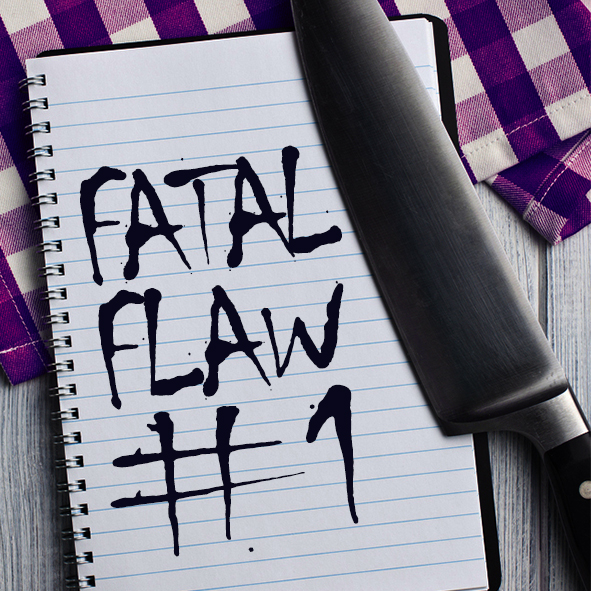
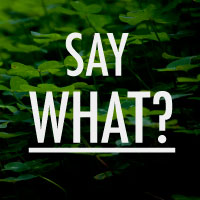
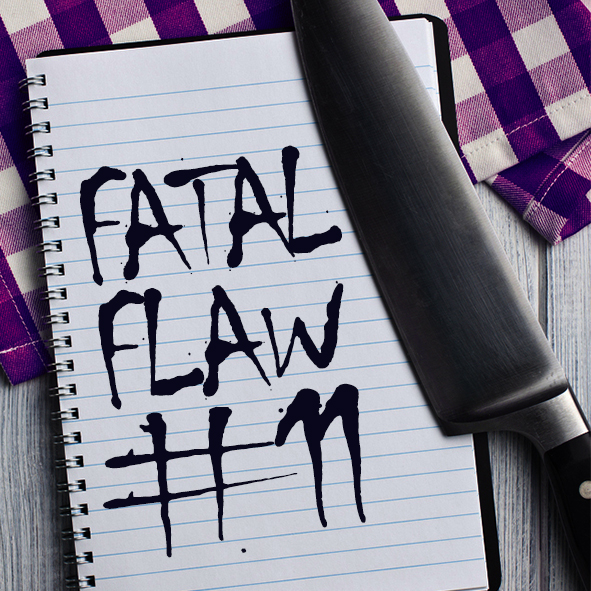
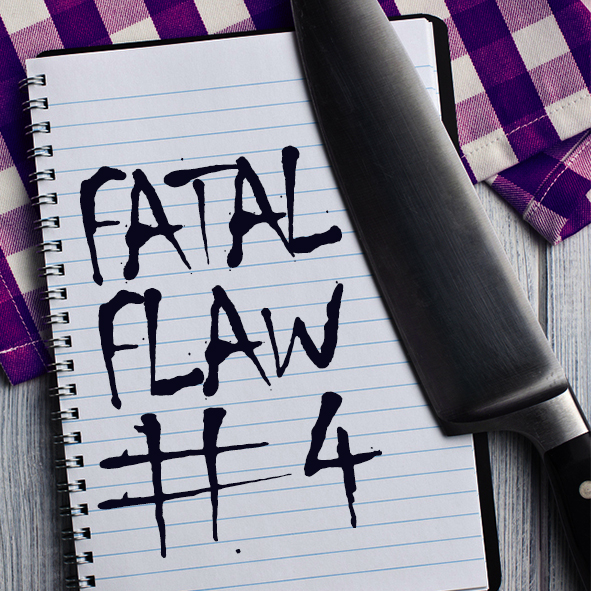
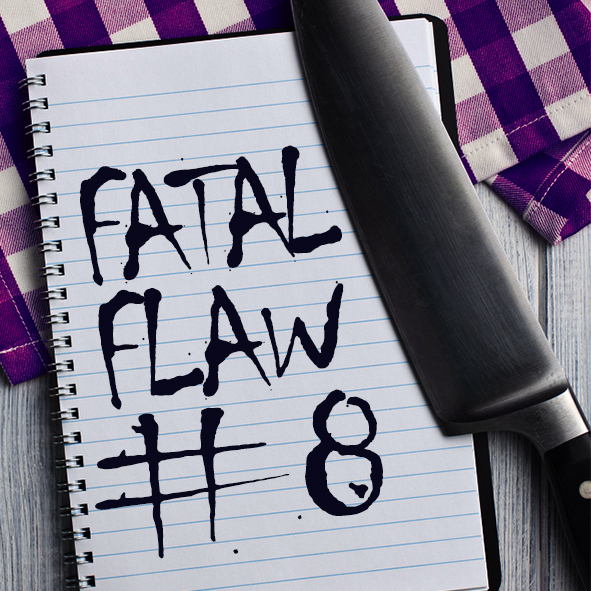
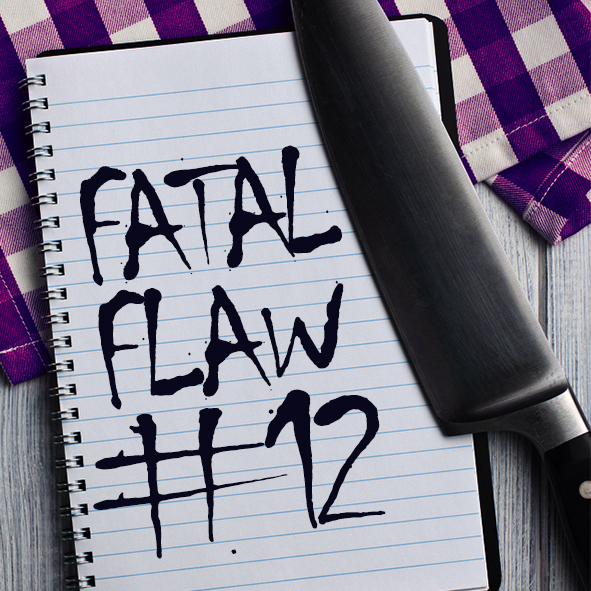




I used to be awful about em-dashes and ellipses, what someone called “Morse Code.” I’d gotten to the point of sprinkling the stuff all over my dialog and wasn’t even conscious of it. It took me a while to clean up my manuscript after a couple critiquers pointed it out.
I don’t see as much overuse of punctuation as underuse, especially commas. It’s if writers have become afraid of them for some reason.
Good article; thanks.
I really like em-dashes and ellipses as well, Curtis (although I’ve learned to use them sparingly). That said, sometimes they are the best punctuation for the context.
Commas can be tricky—so easy to over- or underuse them, and then writer style and even the writer’s country of origin comes into play (e.g., American English uses more commas than British English). Maybe that’s why so many writers consider the comma the bane of their existence. 🙂
Thanks for stopping by! I’m so glad the post was helpful.
Great examples, Christy. (I’m tempted to use multiple exclamation points to make my point, but I’ll refrain.) Isn’t it amazing how those seemingly minor changes can take the prose from amateur to professional? Very well illustrated.
Thanks, Robin! Minor changes can make huge differences.
Great article. I love putting my writing on a diet and chopping words. Very useful information to keep in mind.
Thanks!
I’m glad it was helpful for you, Lora. Thanks for stopping by!
This is a fabulous example! Thank you C.S. Lakin. I too, have been guilty of overwriting. This sample will keep me in check.
Thanks too Christy for the post and the examples!
Guilty as well.
I think all writers are guilty of it at some point (and sometimes not just as beginners). But hey, that’s why we write in drafts. Thanks for stopping by, Lilian!
Great post. I’m in love with the semicolon and probably use it way too often; it’s my favorite. See? I can’t help it. I’m sure half time I don’t even use it correctly, but that hasn’t stopped me.
Thanks, April. You’re not alone in your love for the semicolon. Like all punctuation, it certainly has its place in writing (although more so in nonfiction than fiction 🙂 ).
Thanks for stopping by!
Great post, Christy. I used to use elipses to much and when my novel THE SECRET was taken up by a publisher, this was one thing pointed out to me by my assigned editor. In spite of the fact that the publisher went bust (long, sad story) and I ended up publishing the book on Kindle, I have never forgotten all that wonderful editor taught me, and thankfully he’s still a good friend. OK, I still use the occasional elipses and possibly add the odd exclamation mark or semicolon unnecessarily, another habit that I’ve had to rein in, however it’s a joy when I get a review for one of my books saying it’s well written. Sadly, this is not always the case with Kindle books. Careful editing and getting your book beta read by a couple of people whose opinion you trust, is so vital before publishing imo.
Thank you, Jan. So sorry to hear about your experience with the publisher, but I’m glad you found a good editor and friend in the process. You’re so right about careful editing and beta reading, and I wish you all the best in your writing.
Thanks for stopping by!
Thanks, Christy, but I must apologise, I was a bit rushed this morning, and I’m horrified to see I’ve left three shameful typos uncorrected in my hurriedly typed post. I hang my head in shame, but I can assure you had a preview been possible before I posted, I wouldn’t have let them get through.
Oh, no need to apologize, Jan. We’re all human. Typos happen, and life goes on. 🙂
Thank you for this post! “Writing tight” is one of those things you have to re-evaluate periodically because we all get sloppy over time. One self-editing method I always use is the “what’s lost?” approach. Take a troublesome sentence out of your paragraph. What did you lose in the story? If it still rolls and maintains context, all you’ve lost is dead weight. Keep the cut, and move on.
Excellent suggestion, Michael. “Writing tight” can be tricky, especially when you’re in creative mode. I think that’s why many writers find it best to just write what comes, then address “tightness” when self-editing. That way the analytical brain doesn’t stifle the creative brain. Win/win.
Thanks for stopping by!
Love this post. It has a lot of the tips I use when editing. Can’t wait to read more of this series.
Thanks, Joe. We’re all so excited to be sharing these posts.
Glad you stopped by!
Thanks, Christy, for the great review. No matter how long seasoned writers have written, a critical review of current writing style is part of the continuous quality improvement process.
Thanks, Lynda. You’re so right: no matter how long we’ve been writing, there’s always room for improvement.
Thanks for stopping by!
Great article! It emphasizes common problems in writing and ways to fix it.
I’m finding commas elusive these days in self-published novels. It’s off-putting, like reading speed-bumps in sentences. The paradox is in traditionally published works still using the punctuation mark appropriately.
Thank you, Mary. I think a whole series could be written just on comma use. 🙂 So many “rules,” and some are subjective.
Glad you stopped by!
After all these years, I can still hear my college English teacher reminding me to “be concise”. Those were her favorite words. I remember them each time I write.
What would we do without our English teachers? Sage advice.
Thanks for stopping by, Lee!
My worst fault is using too many exclamation marks. Every time I edit I find oodles of them and have to delete, delete, delete. Your comments on tight writing on most helpful, too. Thank you.
Thank you, Marjorie. I’m glad it was helpful for you.
Glad you stopped by!
Good article!!!! (Sorry, I couldn’t help myself)
I have a problem with the rule concerning the Em dash.
Conventions insist that the words on each side need to butt up against it ie no spaces. I consider that as untidy, inelegant and confusing. There have been number of times I mistook it for a hyphen.
Any thoughts on that?
“Stood up” is a very normal and common phrase used to refer to the act of, well, standing up. Sorry, but getting worked up over the up in “stood up” is just way too messed up.
Well, when you add up a lot of extraneous words like “up,” it’s clunky and comes across as overwriting. There are times when it’s helpful to say “stood up” and “sat down,” but I’d say most times not. I feel often the difference between an okay writer and a terrific wordsmith is in these minor details. And writers who don’t care about every word tend to convey that lack of care to their readers. Just sayin’…
“Stood” and “stood up” don’t even necessarily convey the same meaning. “He stood” could mean he had been standing for some time, but “He stood up” tells us that he’d been sitting or reclining and had moved to stand. And to return to the first point, “stood up” is a very common expression, and using that common expression is simply not a case of clunky overwriting.